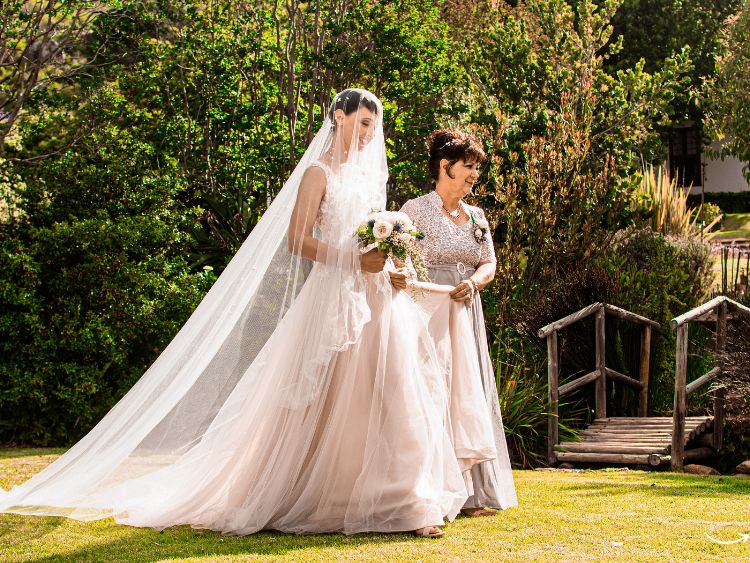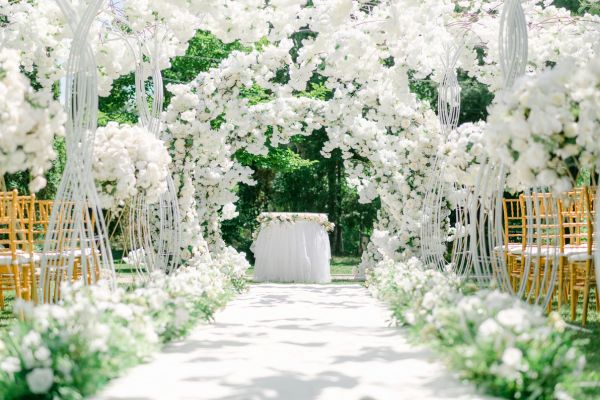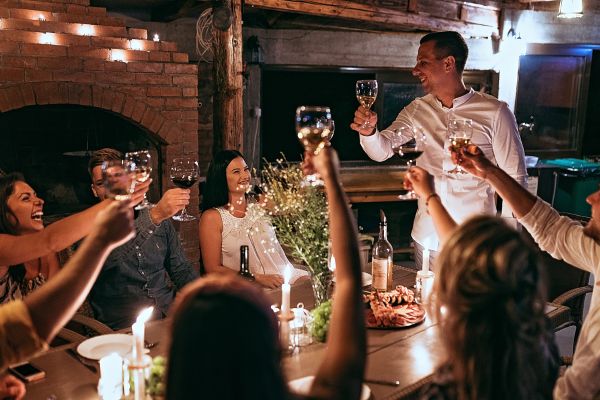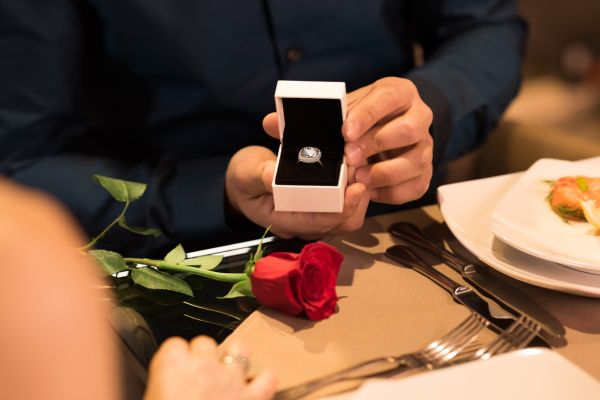Hindu bridal photography is more than just capturing beautiful moments; it’s about preserving the essence of tradition, culture, and emotion that come together in a Hindu wedding. From the intricate details of the bride’s attire to the grandeur of the ceremonies, every aspect offers a unique opportunity for photographers to create timeless memories. But what makes Hindu bridal photography so special, and how can photographers master this art form?
In this comprehensive guide, we’ll explore the nuances of Hindu bridal photography, delve into the cultural significance behind the traditions, and provide practical tips for photographers looking to excel in this vibrant and colorful niche.
Understanding the Cultural Context
Before diving into the technical aspects of Hindu bridal photography, it’s crucial to understand the cultural context. Hindu weddings are rich in traditions that vary across different regions of India. However, some common elements include rituals like the Mehendi (henna ceremony), Sangeet (music and dance night), and the main wedding ceremony (Vivaah).
The Significance of Rituals
- Mehendi Ceremony: This pre-wedding ritual involves applying intricate henna designs on the bride’s hands and feet. The Mehendi not only enhances the bride’s beauty but also symbolizes joy, beauty, and spiritual awakening.
- Sangeet Night: A night filled with music and dance, the Sangeet is a joyous celebration where families and friends come together to perform and enjoy. It’s a perfect opportunity for candid shots that capture the essence of happiness and togetherness.
- Wedding Ceremony: The main event, the Vivaah, involves several sacred rituals performed around the holy fire (Agni). Each moment, from the Kanyadaan (giving away the bride) to the Saat Phere (seven sacred vows), is steeped in tradition and emotion.
Pre-Wedding Preparations
Preparation is key in Hindu bridal photography. Here are some essential steps to ensure you’re ready to capture every significant moment:
Research and Communication
- Understand the Traditions: Each region in India has its own unique set of customs and rituals. Spend time researching and understanding these traditions to ensure you capture them accurately.
- Communicate with the Couple: Have detailed discussions with the bride and groom about their expectations and preferences. Understand their vision and the moments they consider most important.
Equipment Check
- Cameras and Lenses: Ensure you have a range of lenses, from wide-angle for group shots to macro for capturing intricate details.
- Lighting Equipment: Indian weddings often have dim lighting, so be prepared with external lights and reflectors.
- Backup Equipment: Always have backup cameras, lenses, and memory cards to avoid any mishaps.
Scouting the Location
Visit the wedding venue beforehand to familiarize yourself with the layout and lighting conditions. Identify spots that would be perfect for posed portraits and candid shots.
Capturing the Bride’s Preparations
The bride’s preparations offer a treasure trove of photographic opportunities. From the intricate details of her attire to the emotional moments with her family, every detail matters.
The Bridal Attire
- Lehenga or Saree: Capture the elegance of the bride’s outfit. Pay attention to the details like embroidery, fabric, and color.
- Jewelry: Focus on the intricate designs of the jewelry, which often includes items like the maang tikka (headpiece), nose ring, bangles, and anklets.
- Makeup: Document the transformation as the bride gets her makeup done. Highlight the traditional elements like the sindoor (vermilion) and bindi (forehead decoration).
Emotional Moments
Capture the candid, emotional moments shared between the bride and her family. These might include the bride’s mother helping her get ready, the father’s emotional farewell, and the siblings’ playful interactions.
The Mehendi Ceremony
The Mehendi ceremony is a colorful and joyous event, providing ample opportunities for vibrant and lively photographs.
Tips for Mehendi Photography
- Close-Up Shots: Focus on the intricate henna designs on the bride’s hands and feet. Use a macro lens to capture the fine details.
- Candid Moments: Capture the bride’s expressions and interactions with friends and family. Look for laughter, smiles, and the sense of community.
- Decor and Ambience: Don’t forget to photograph the decor, which often includes flowers, lights, and traditional artifacts that add to the ceremony’s charm.
The Sangeet Night
The Sangeet is all about music, dance, and celebration. It’s an excellent opportunity for candid photography.
Tips for Sangeet Photography
- Dance Performances: Capture the energy and movement of the dance performances. Use a fast shutter speed to freeze the action.
- Group Shots: Take group shots of the family and friends, ensuring everyone’s joy and excitement are well-documented.
- Candid Interactions: Look for spontaneous moments of joy, laughter, and fun. These candid shots often turn out to be the most cherished ones.
The Wedding Ceremony
The wedding ceremony is the heart of Hindu bridal photography. Each ritual has its own significance and beauty.
Key Moments to Capture
- Arrival of the Groom (Baraat): Photograph the groom’s arrival, usually accompanied by a lively procession of friends and family.
- Bride’s Entry (Kanya Aagaman): Capture the moment when the bride makes her entrance. It’s a moment filled with anticipation and emotion.
- Sacred Rituals: Focus on the key rituals like the exchange of garlands (Jaimala), the tying of the sacred thread (Mangalsutra), and the seven vows (Saat Phere).
- Family Emotions: Document the emotions of the families during the ceremony. Look for tears of joy, proud smiles, and heartfelt moments.
Technical Tips for Ceremony Photography
- Lighting: Use external lights or reflectors to enhance the lighting, especially during dimly lit indoor ceremonies.
- Angles: Experiment with different angles to add depth and interest to your shots. Capture the rituals from multiple perspectives.
- Details: Pay attention to the details – the décor, the sacred fire, and the intricate designs of the bridal attire and jewelry.
Post-Wedding Moments
The post-wedding moments are equally important. These include the Vidaai (farewell) and the reception.
Vidaai (Farewell)
The Vidaai is an emotional farewell as the bride leaves her parental home. Capture the tearful goodbyes and the comforting gestures of the family members.
Reception
The reception is a more relaxed event where you can capture joyful interactions, group shots, and candid moments of celebration.
FAQs about Hindu Bridal Photography
What is the best time to start photographing a Hindu wedding?
It’s best to start photographing from the pre-wedding preparations to capture the entire journey, including rituals like Mehendi and Sangeet.
How do I handle the low lighting conditions during the ceremonies?
Use external lighting equipment, such as flashes and reflectors, to manage low lighting. Adjust your camera settings to accommodate the lighting conditions.
How can I make the bride feel comfortable during the shoot?
Communicate with the bride and her family beforehand to understand her preferences. Be friendly and professional, and give her time to relax and be herself.
Summary
Hindu bridal photography is a beautiful blend of tradition, emotion, and artistry. By understanding the cultural significance of the rituals and preparing thoroughly, photographers can capture the essence of these vibrant celebrations. From the intricate details of the bridal attire to the grand rituals, every moment offers an opportunity to create timeless memories. With the right approach, equipment, and a keen eye for detail, photographers can truly excel in this unique and rewarding niche.
In conclusion, mastering the art of Hindu bridal photography requires a deep appreciation of the culture, meticulous preparation, and a passion for capturing the beauty and emotion of these extraordinary events. So, get your cameras ready and embark on this incredible journey of creating memories that will be cherished for a lifetime.



